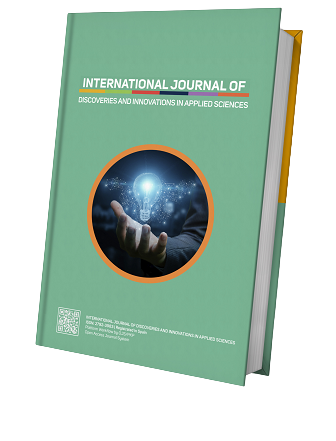Monitoring System for Drips That Relies on Ultrasonic Sensors
Keywords:
Ultrasonic Sensor, Drips Monitoring System, Arduino UNO, Internet of Things, LEDs, touchscreen sensingAbstract
Recent years have witnessed a great deal of technical development that has improved our ability to care for patients and guarantee a speedy and secure recovery. The most fundamental requirement is for hospitals to provide competent patient care, including the monitoring and regulation of fluids and electrolytes. Almost all patients in a hospital, especially those in the intensive care unit, rely on drips to control the amount of fluid and electrolytes in their bloodstream around the clock, every day of the week. In order to keep patients from becoming infected, it is necessary to check on or replace their drips on a frequent basis. A patient's health may decline more rapidly or even be lost altogether due to factors such as overcrowding in hospitals and a lack of nurses, despite the system's apparent ease of use. Almost everywhere you go in a hospital, nurses or other staff members check the drip. Because of their busy schedule, the observer can forget to change the bottle when it's time. It was impossible for nurses, even if they had worked extra shifts, to manually monitor the drip levels and conditions of each patient throughout the epidemic. Not having access to adequate nursing care led to the deaths of many individuals. The next step in providing more efficient and convenient healthcare is to automate such crucial tasks. We offer an IoT (Internet of Things) based Drip Monitor System built on top of Arduino UNO to address this pressing problem, as it simplifies the measurement procedure and eliminates the problem of bubble formation in drips.




